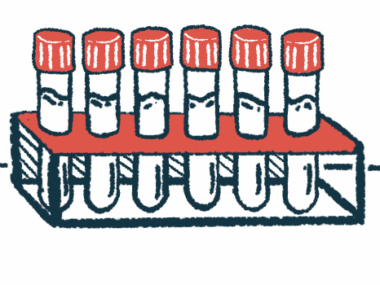High Steroid Dose, Kidney Problems Tied to Severe Infections in Elderly with AAV
Written by |

High doses of corticosteroids as initial treatment and kidney problems evident at diagnosis significantly increase the likelihood of early and severe infections in elderly people with ANCA-associated vasculitis (AAV), research shows.
These infections are associated with a higher risk of death.
The study, “Initial high-dose corticosteroids and renal impairment are risk factors for early severe infections in elderly patients with antineutrophil cytoplasmic autoantibody-associated vasculitis,” was published in the journal Medicine.
Immunosuppressive agents, like corticosteroids and cyclophosphamide, have largely improved the prognosis of AAV patients. But these medications may also put patients at risk of infections — a leading cause of death in this disease.
These infections tend to develop within six months of starting treatment to induce disease remission. Yet, factors that increase the risk for early severe infections, particularly in the elderly, remain unknown. It is also not known if the initial dose of corticosteroids has any influence in this risk.
Japanese researchers examined demographic and clinical data covering 167 AAV patients, ages 65 and older, who were treated at the Kurashiki Central Hospital between January 2006 and January 2019.
As for AAV types, most patients (115) had microscopic polyangiitis, 30 had granulomatosis with polyangiitis, 16 had eosinophilic granulomatosis with polyangiitis. AAV type in the remaining six patient was not classified.
All were treated with corticosteroids, but 67 were given treated with cyclophosphamide, rituximab, azathioprine, methotrexate, or plasma exchange.
Twenty-six patients quickly developed severe infections, defined as those requiring hospitalization or intravenous (directly into the bloodstream) antibiotics within three months of treatment initiation. Bacterial and viral pneumonias were their most frequent causes.
Compared to other patients, those who experienced early severe infections more often had severe vasculitis — defined as a Birmingham Vasculitis Activity Score (BVAS) of 20 or higher — a history of chronic kidney disease, signs of kidney impairment, and higher inflammation levels at diagnosis.
Patients with early severe infections also were given higher initial doses of corticosteroids, and were more often treated with cyclophosphamide or rituximab.
The team then examined if more severe disease, renal impairment at diagnosis, use of high-dose corticosteroids (0.8 mg/kg per day or higher), initial prognosis — assessed with the Five Factor Score — and use of cyclophosphamide or rituximab were risk factors for severe infections early on.
Results showed that two of the above — high-dose corticosteroids and renal impairment at diagnosis — were the only independent risk factors for early severe infections. High-dose corticosteroids increased risk by 3.9 times, (high-dose corticosteroids) and kidney impairment by 5.1 times.
Early and severe infections significantly predicted mortality at six months in these elderly patients. Thirty-six patients (21.3%) died over a mean follow-up period of 28 months, most commonly due to infection (14 patients) and active vasculitis (eight patients).
“To conclude, early severe infection is an independent predictor of death in elderly patients with AAV, and initial high-dose corticosteroids are associated with the risk of early severe infections, which also leads to a higher cumulative incidence of severe infections,” the researchers wrote.
They suggested that lower corticosteroid doses should be considered in the early treatment phases of elderly people with AAV, in an attempt to lower infection rates and extend survival.





